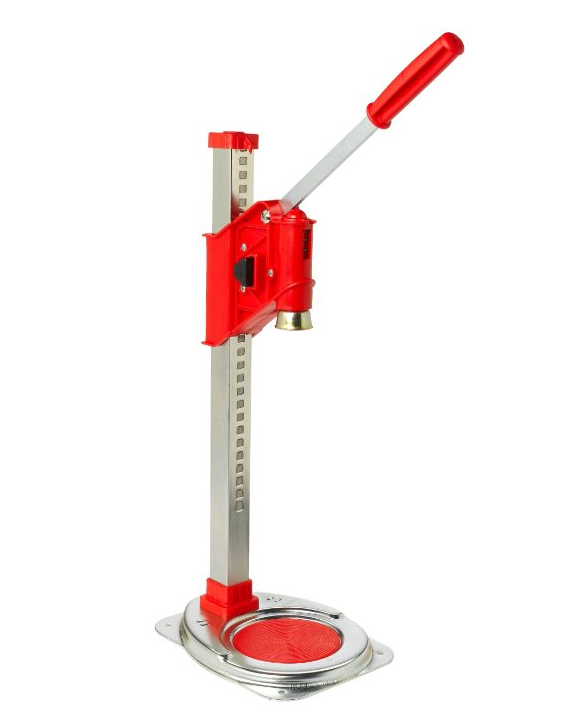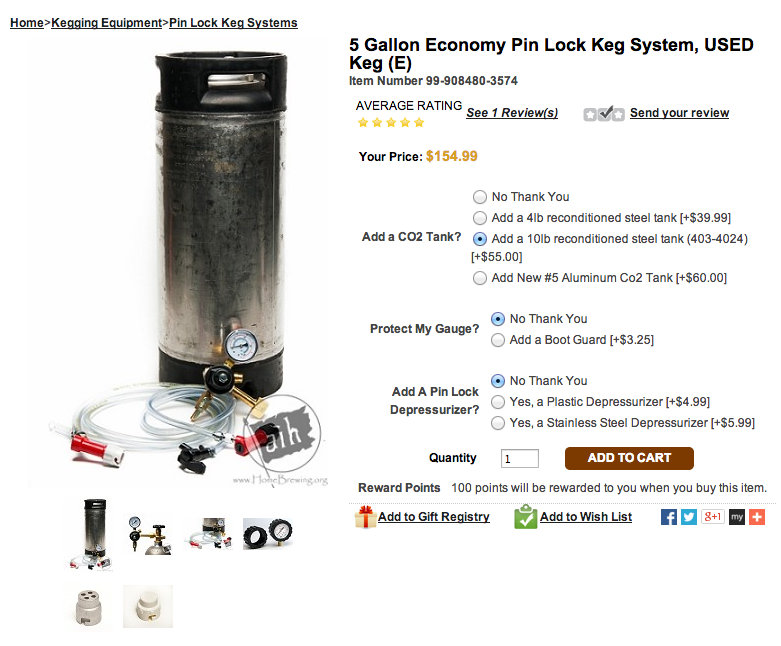Homebrewers are easy to buy for, right?
All we want is brewing gear! Well, that’s not so easy for someone who lives with/loves/is married to a brewer, but isn’t a brewer themselves. Also, some people have pretty bad cases of gear acquisition syndrome, and they shouldn’t really be given any more stainless steel tanks or kegerators. This list has lots of small things and big things, cheap things and expensive things. Regardless of if it is a birthday, christmas, or “just because,” these gifts will be sure to put a smile on your homebrewers face.
The list is roughly arranged in increasing value. Click on the headline type or the photo to link to the product.
Wrench bottle opener
Men love steel. I think most women homebrewers do as well. It’s practically required! Either way this is a fun and functional way to open up a bottle of beer.












